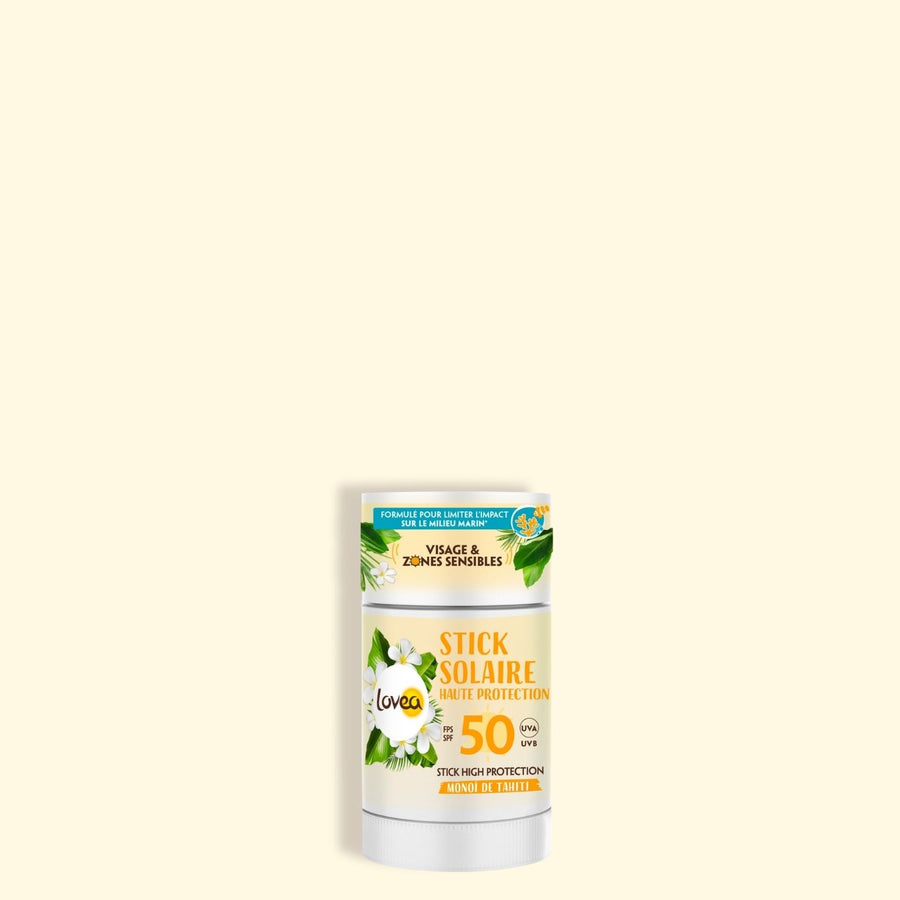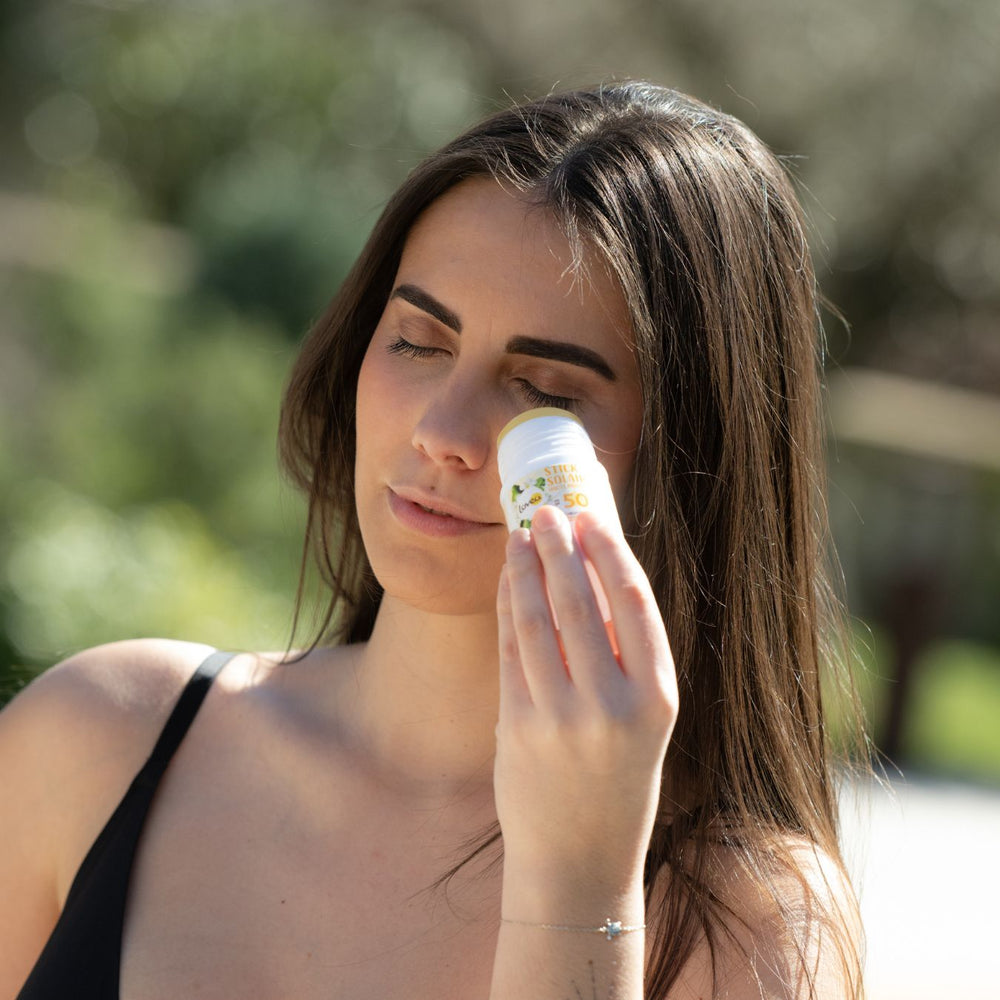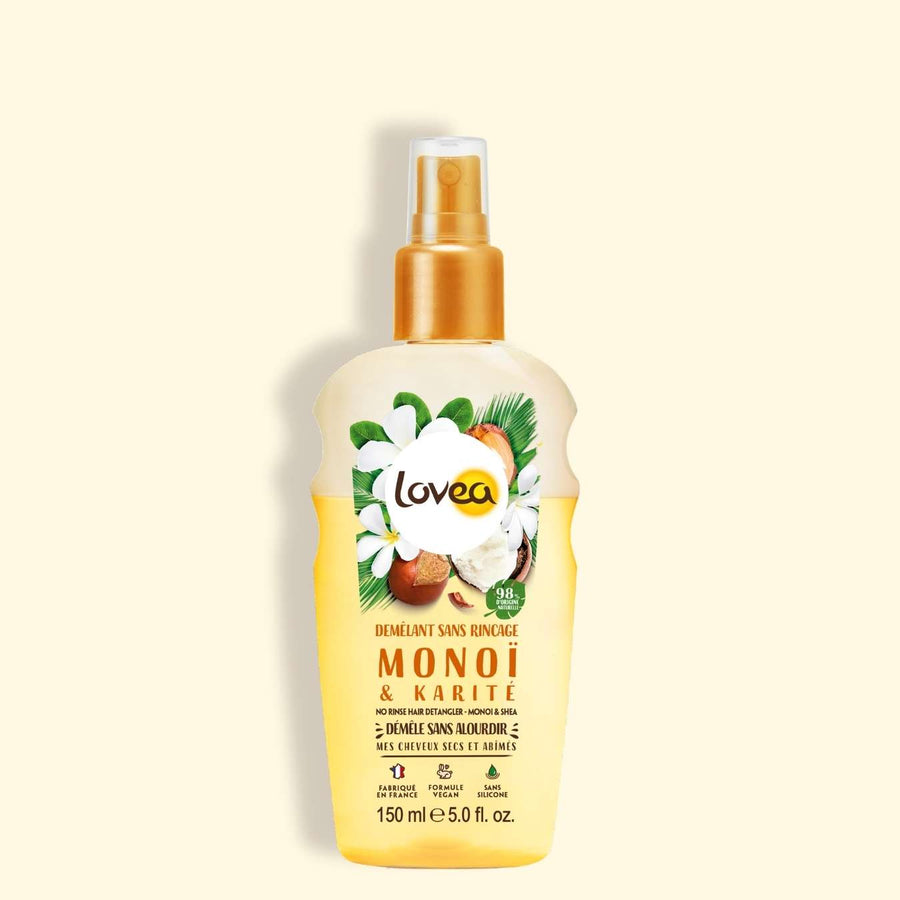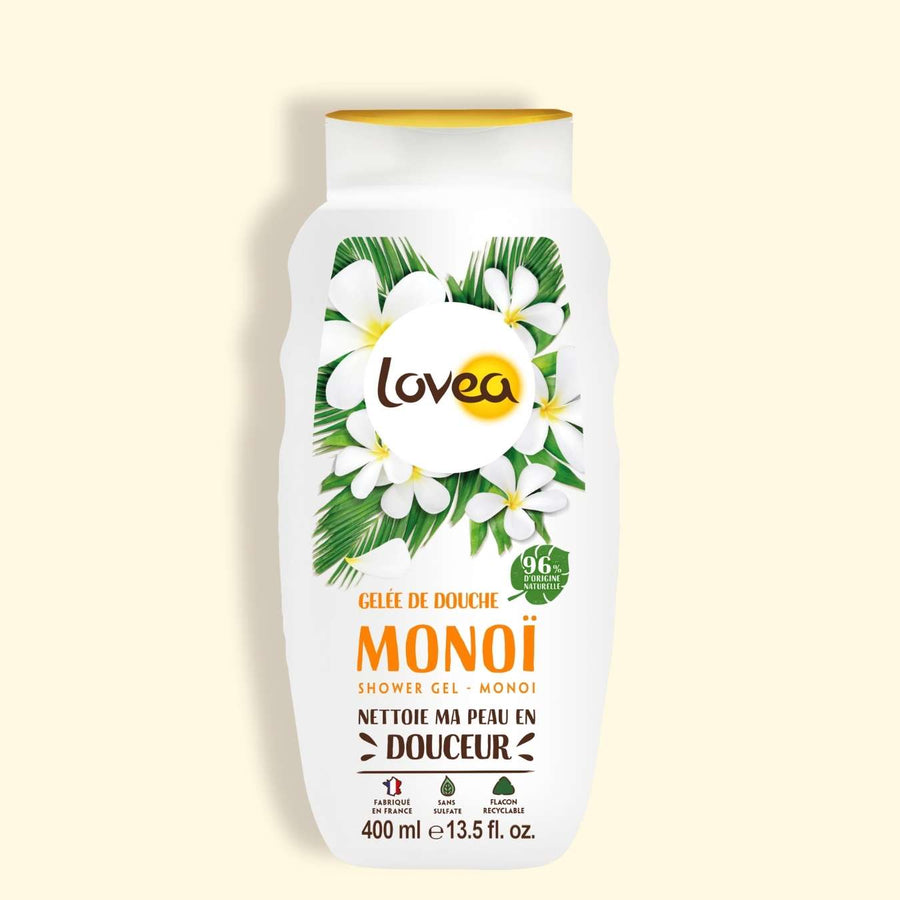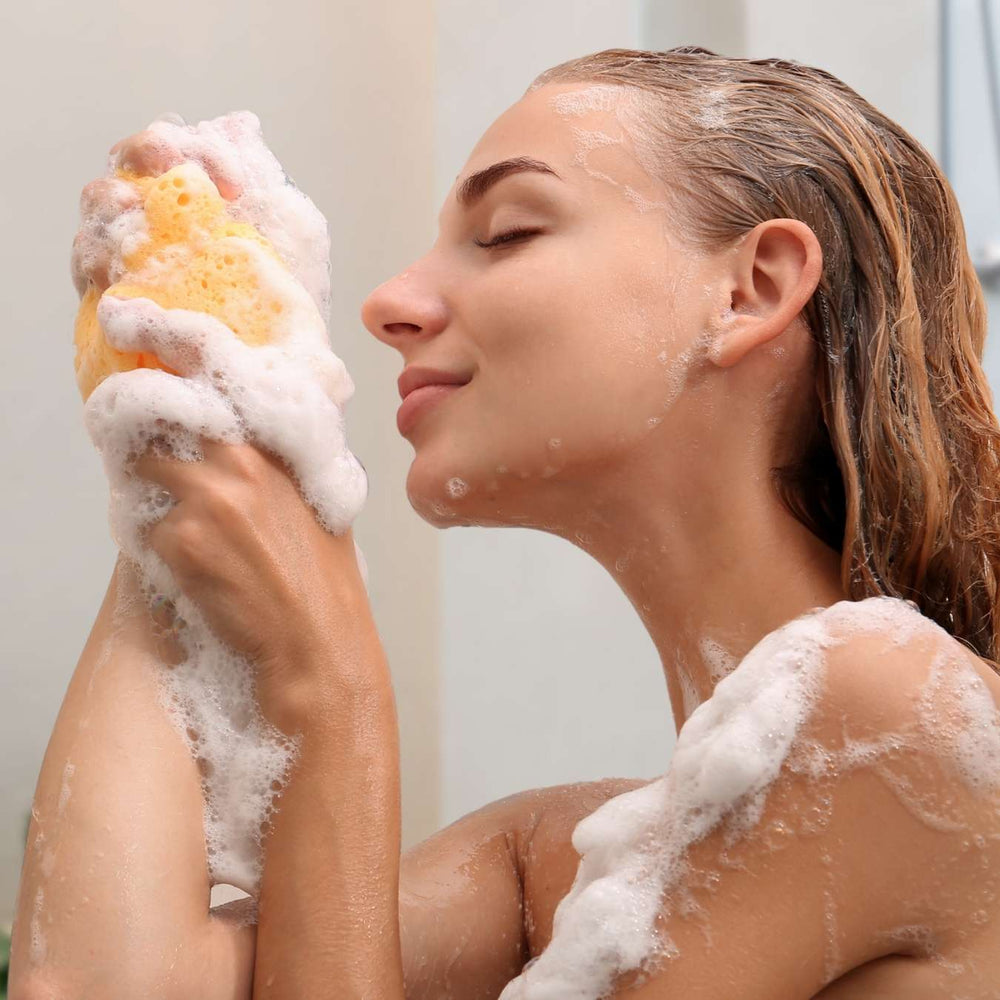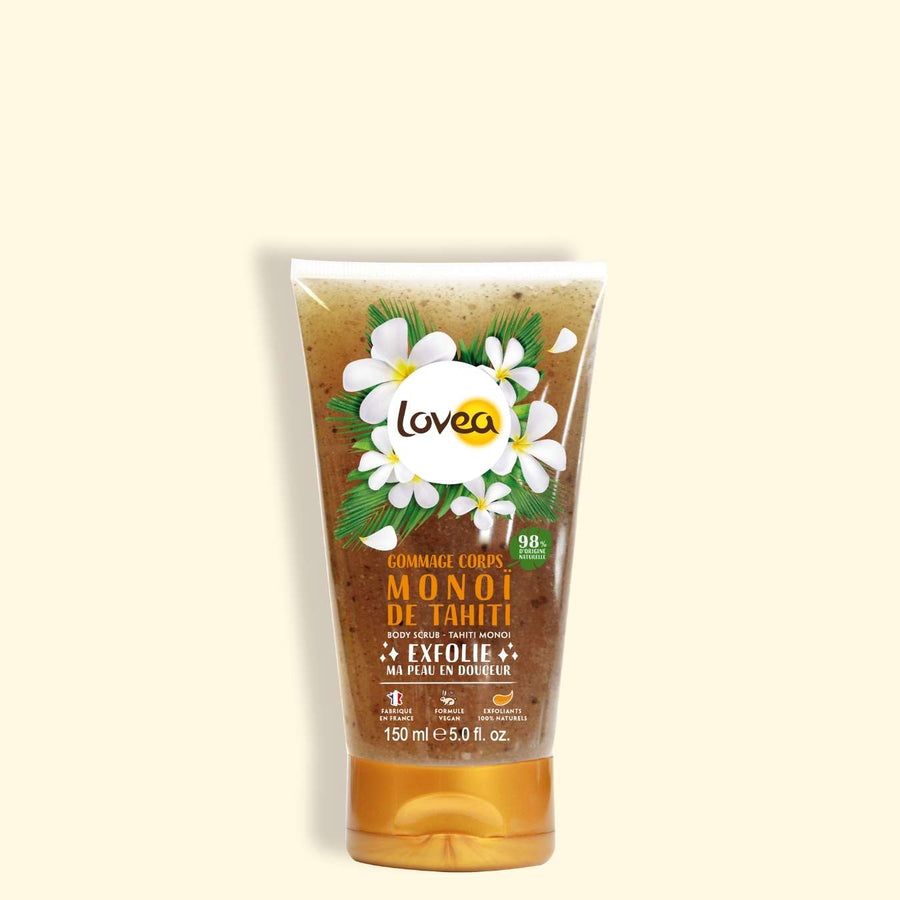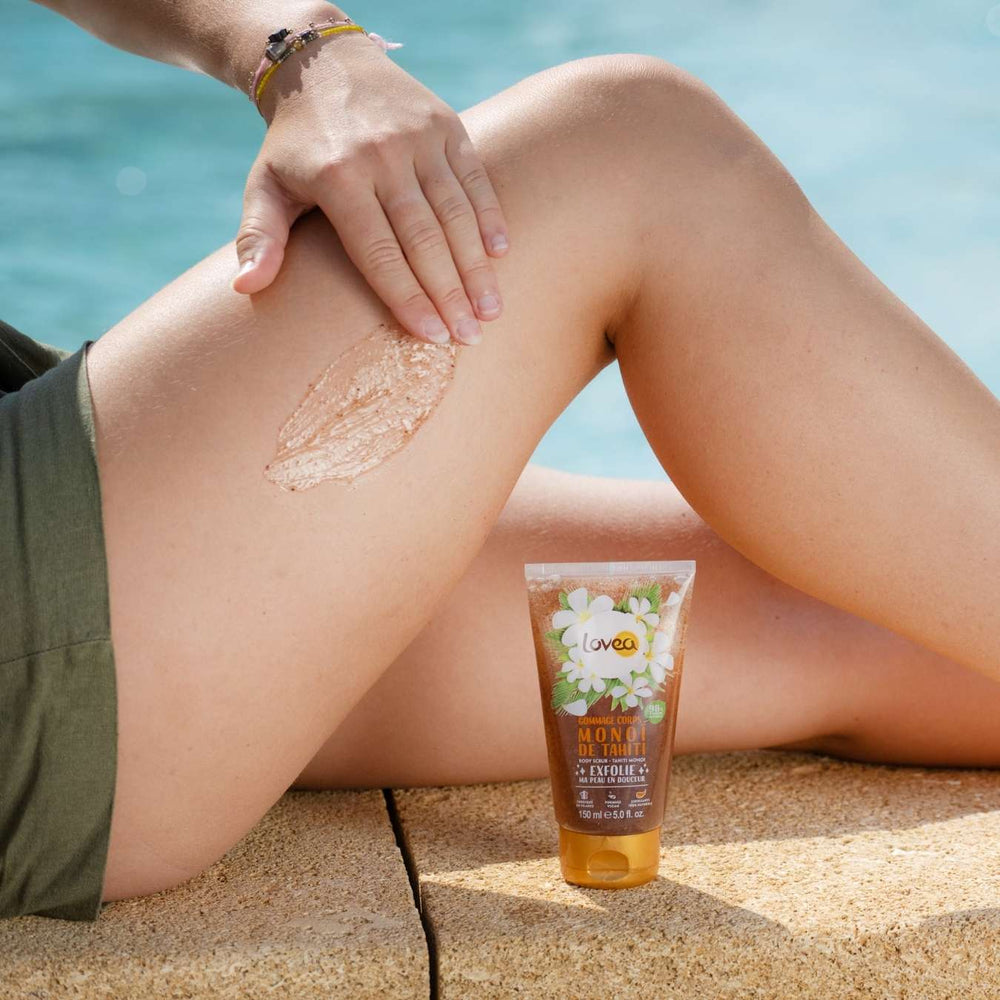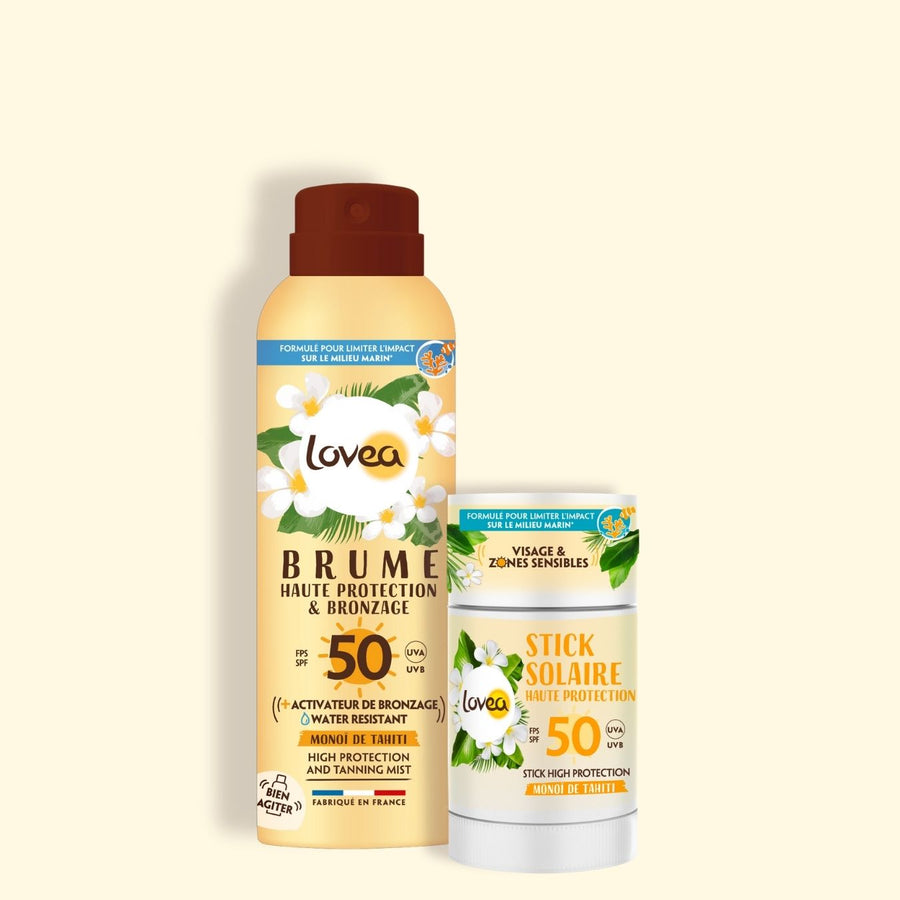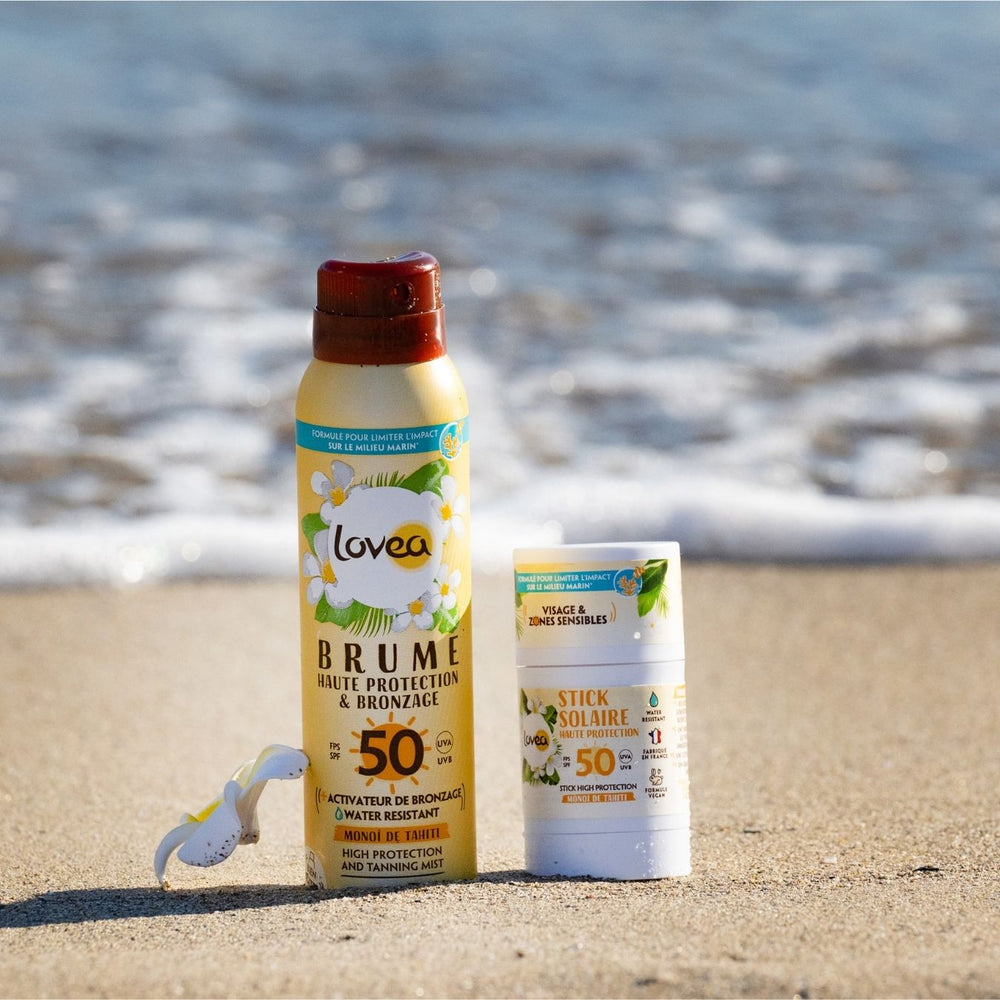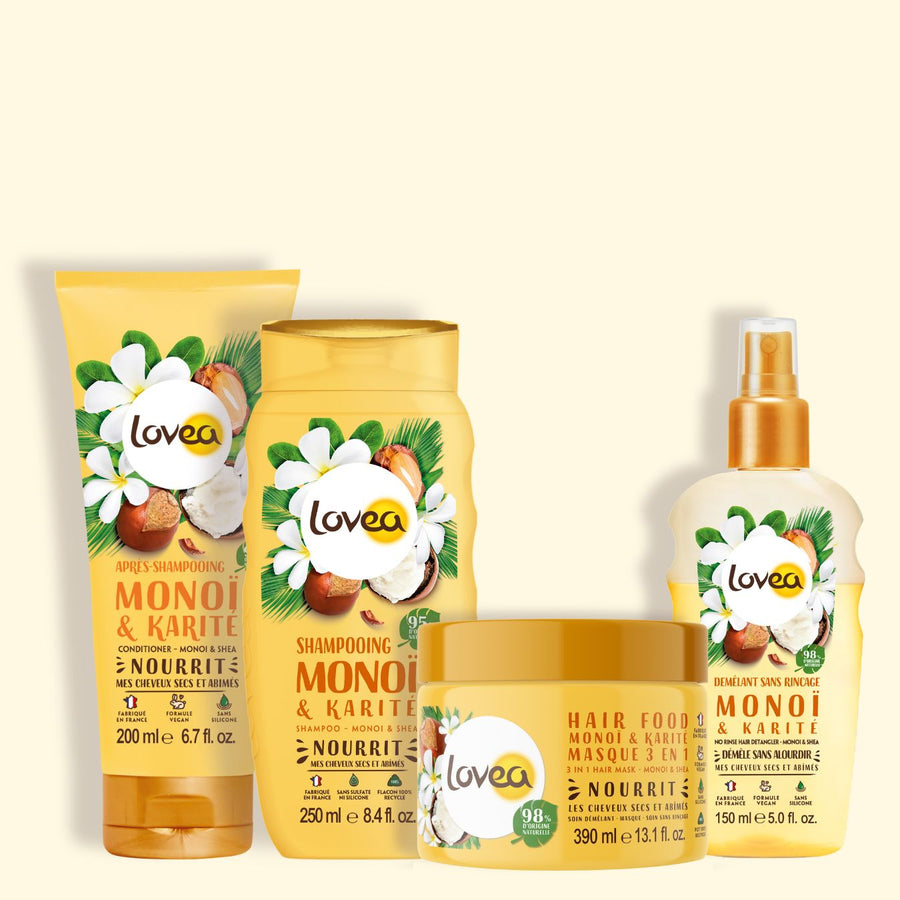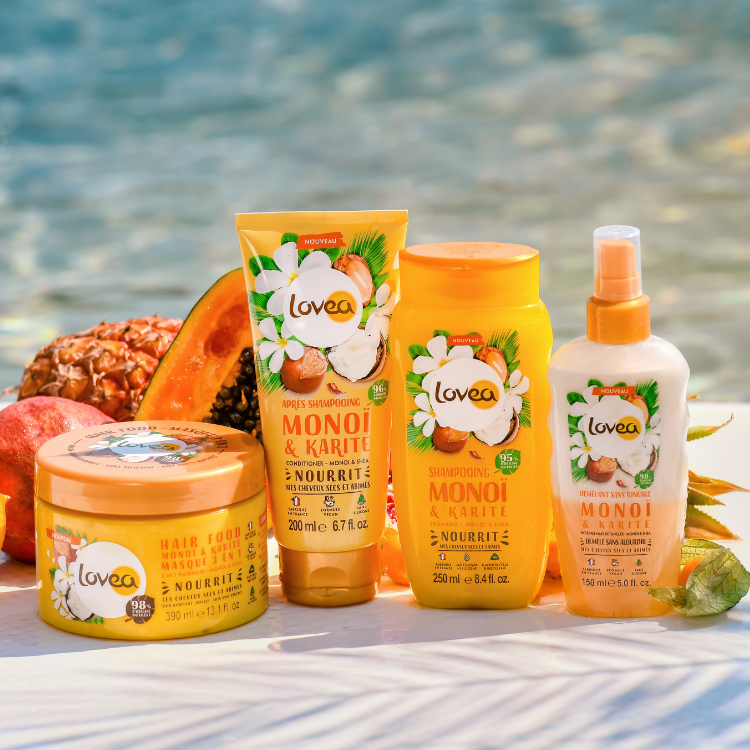Formulation Charter
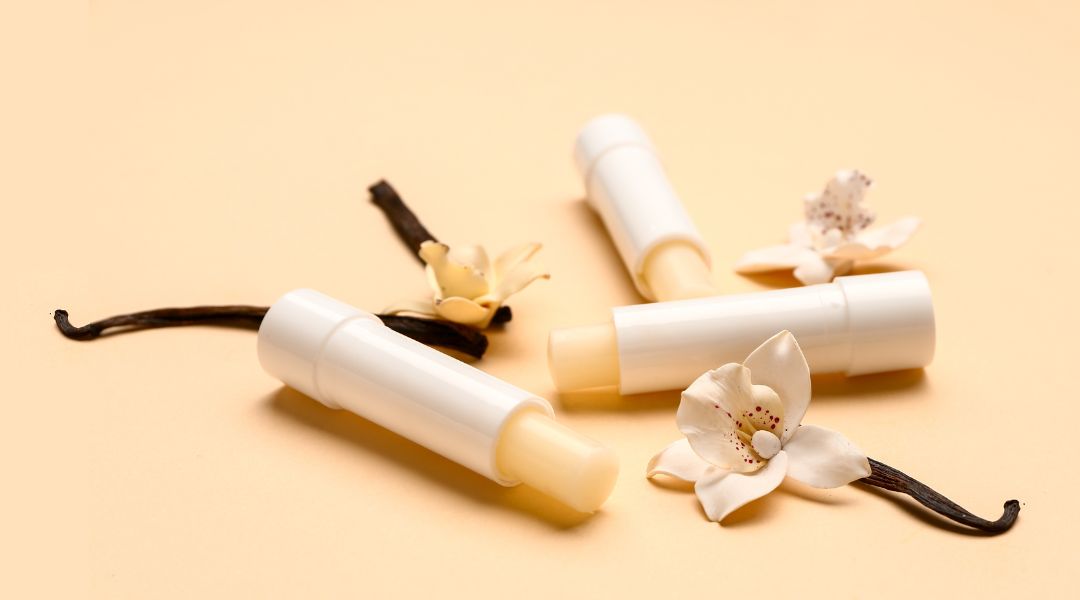
AT LOVEA
We say a big YES
to transparency!
That's why we'd like you to discover our approach and formulation standards at
.
OUR BELIEF
In order to offer the best balance between safety, pleasure and efficacy, we have decided to avoid or restrict the use of a certain number of ingredients in our products, going further than required by cosmetics regulations.
Through our formulation charter, we take care to rule out ingredients presenting a real or suspected risk to health and/or the environment ; and we prioritize the use of raw materials of natural origin, favoring the principles of Green Chemistry.

Our proposal
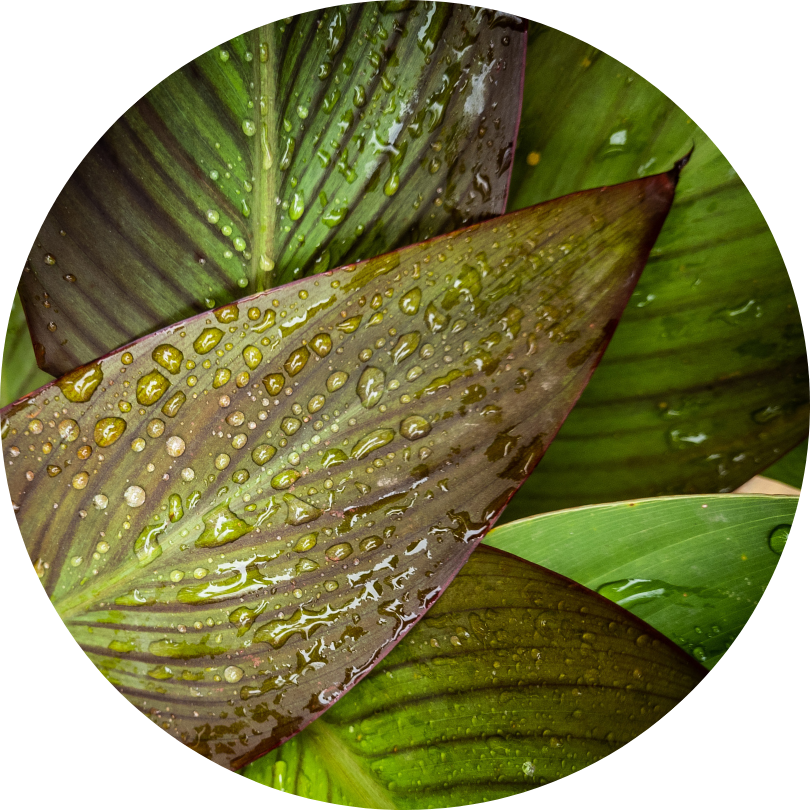
Natural origin
Our products contain a high percentage of ingredients of natural origin. The remaining % guarantee the product's preservation and sensoriality.
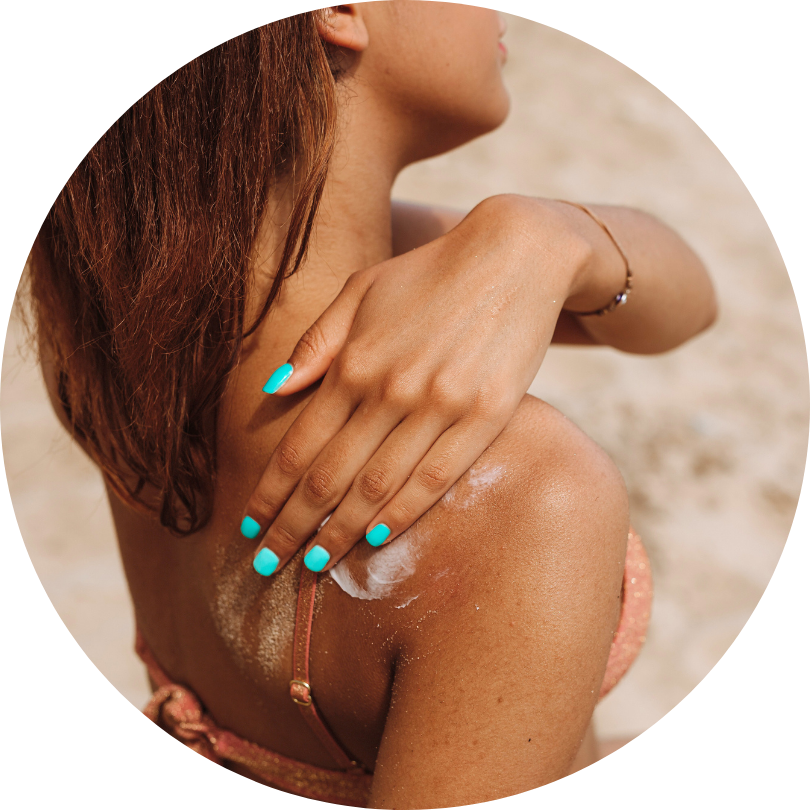
solar cleansers
Our suncare products are clean and vegan, with carefully selected sunscreens for greater respect of the skin and the ocean.
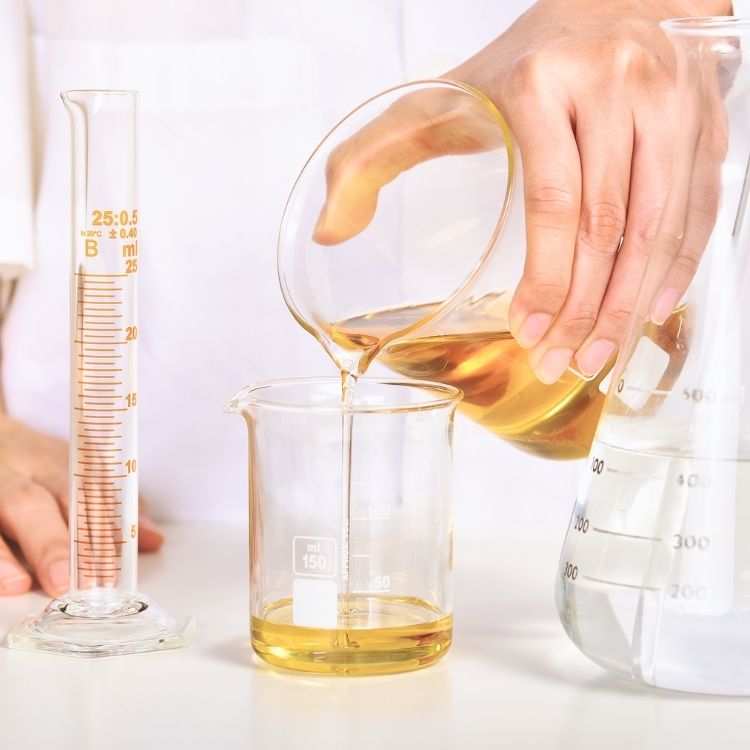
Demanding formulation
We want to offer reassuring products that meet demanding internal formulation criteria and anticipate regulations.
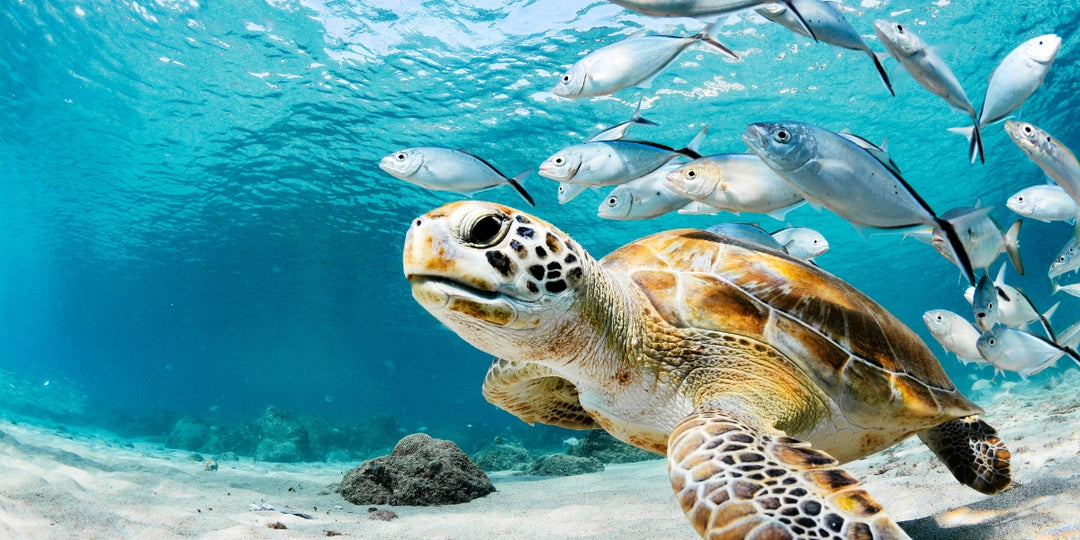
Environmental impact
The formulas of our products are designed to favor the choice of raw materials with a limited impact on the environment and the planet.
You'll find it here, in all transparency 🔎
the criteria we follow in formulating our products. As well as the ingredients we do not wish to use, the ingredients we use in moderation and for which we are constantly seeking to find a more natural alternative, and those we prefer.
Conservatives
Preservatives help preserve the quality and safety of the formula over time, by preventing the development of micro-organisms (bacteria, yeast, mold) in the product. Thanks to preservatives, cosmetic products remain safe during their period of use, avoiding any potential risk of irritation or infection due to microbial contamination.
⛔ Here's the list of preservatives we don't use, as a precautionary measure:
METHYLISOTHIAZOLINONE; METHYLCHLOROISOTHIAZOLINONE; TRICLOSAN; PHENOXYETHANOL; TRICLOCARBAN; CHLOROACETAMIDE; BORIC ACID / BORON COMPOUNDS / SODIUM PERBORATE / PERBORIC ACID; PARABENS (BUTYLPARABEN, PROPYLPARABEN, METHYLPARABEN, ETHYLPARABEN...) ; PHMB (POLYAMINOPROPYL BIGUANIDE) ; FORMALDEHYDE or FORMALDEHYDE releasers (DMDM HYDANTOIN, IMIDAZOLIDINYL UREA, QUATERNIUM-15, DIAZOLIDINYL UREA, SODIUM HYDROXYMETHYLGLYCINATE, METHENAMINE)
✅ The preservatives we prefer because we believe they strike the best balance between efficacy and tolerance :
SODIUM BENZOATE / BENZOIC ACID ; POTASSIUM SORBATE / SORBIC ACID ; DEHYDROACETIC ACID ; BENZYL ALCOHOL (except in sensitive skin products)
EMULSIFIERS AND SOLUBILIZERS
Emulsifiers are used to mix water and oil. They are essential to the production and stabilization of a mixture known as an emulsion, which can be found in milks, creams, balms and other products. Solubilizers are used to disperse perfume in water.
⛔ Here are the emulsifiers and solubilizers we use sparingly and why:
PEG / PPG / POLYSORBATE: Because they are not of natural origin, we avoid using them as much as possible.
However, for technical reasons, it is sometimes difficult to find more natural alternatives that are just as effective.
✅ Our preferred emulsifiers and solubilizers:
Families of emulsifiers and solubilizers of natural origin such as stearates and polyglyceryls.
ANTIOXIDANTS
Anti-oxidants limit the degradation of vegetable oils over time (odour and color).
⛔ Here are the antioxidants we don't use, as a precaution: BHA
PH ADJUSTERS
✅ The antioxidants we prefer : Vitamin E and vitamin E derivatives. pH adjusters enable thepH of the product to be adjusted to guarantee the effectiveness of the preservative system and better tolerance depending on the area where the product is applied.
⛔ Here are the pH adjusters we do not use, as a precaution: ETHANOLAMINES: TEA/DEA/MEA
✅ The pH adjusters we use: CITRIC ACID (ingredient of natural origin); SODIUM HYDROXIDE
FOAMING OR CLEANING AGENTS
Foaming agents or cleansers are surfactants. They are generally used in cleansers (shower gels, shampoos, facial cleansers, etc.) for their foaming power and cleansing action.
⛔ The following are foaming agents or cleansers that we do not use, as a precautionary measure, as they are considered highly irritating:
AMMONIUM LAURYL SULFATE; SODIUM LAURYL SULFATE
The following is a list of foaming agents and cleansers that we use sparingly and systematically in combination with mild surfactants to improve their tolerance:
SODIUM LAURETH SULFATE: less irritating than the other surfactants listed above, it guarantees optimal product sensoriality (foaming and cleansing).
✅ Foaming agents or cleansers we prefer because they are gentler and less irritating:
Families of surfactants of natural origin such as glucosides, betaines and isethionates.
TOUCH AGENTS
Touch agents enhance product sensoriality. They provide a soft touch and make it easier to spread the product on the skin.
⛔ Here are the touch agents we exclude from all new developments, due to their environmental impact:
SILICONES: CYCLOPENTASILOXANE / CYCLOTETRASILOXANE / CYCLOMETHICONE / DIMETHICONE
✅ Touch agents we use: Emollients of natural origin such as triglycerides or coco-caprylate/caprate.
texture agents
Texturing agents are gelling or thickening agents used to give consistency to the product.
⛔ Here are the texturizing agents we use sparingly and why: ACRYLATES:
Because they are not of natural origin, we avoid using them as much as possible.
However, for technical reasons, it is sometimes difficult to find more natural and equally effective alternatives.
✅ Our preferred texturizing agents: Gums of natural origin, such as xanthan and cellulose.
PERFUMES
Fragrance contributes to the olfactory sensoriality of the product. Our fragrances all comply with restrictive specifications that go further than regulations in terms of ingredients, such as the ban on all phthalates (a fragrance fixative suspected of being an endocrine disruptor) and certain decried allergens such as BUTYLPHENYL METHYLPROPIONAL.
As in the food industry, these allergens are labeled on ingredient lists when present, so that people with allergic conditions can be informed.
Here is the list of labelled allergens: ALPHA-ISOMETHYL IONONE; AMYL CINNAMAL; AMYLCINNAMYL ALCOHOL; ANISE ALCOHOL; BENZYL ALCOHOL; BENZYL BENZOATE; BENZYL CINNAMATE; BENZYL SALICYLATE; BUTYLPHENYL; ETHYLPROPIONAL; CINNAMAL; CINNAMYL ALCOHOL ; CITRAL ; CITRONELLOL ; COUMARIN ; EUGENOL ; EVERNIA FURFURACEA EXTRACT ; EVERNIA PRUNASTRI EXTRACT ; FARNESOL ; GERANIOL ; HEXYL CINNAMAL ; HYDROXYCITRONELLAL ; ISOEUGENOL ; LIMONENE ; LINALOOL ; METHYL 2-OCTYNOATE
As a general rule, we limit the number of allergens in our fragrances wherever possible. And as a precautionary measure, we are banning BENZYL SALICYLATE, as it is the subject of much debate. So, we exclude it from all our future developments, and reformulate our current products to remove it when it is present in the ingredient list.
HYDRATION FACTORS
Moisturizing factors are ingredients that contribute to skin hydration. Here are the moisturizing factors we do not use:
MINERAL OILS AND WAXES (petrochemical origin) such as kerosene, which is totally excluded from our lip balms, for example.
⛔ Here are the moisturizing factors we use sparingly and why: PROPYLENE GLYCOL/BUTYLENE GLYCOL:
Because they are not of natural origin, we avoid using them as much as possible.
CONDITIONERS
✅ Our preferred moisturizing factors of natural origin : Glycerine, propanediol, betaine, shea butter, olive oil, argan oil, vegetable wax. In hair care products, conditioners promote detangling and guarantee suppleness and shine. In shower gels, they provide a protective film on the skin.
⛔ Here are the conditioners we have excluded from our hair care range, due to their environmental impact: SILICONES:
CYCLOPENTASILOXANE / CYCLOTETRASILOXANE / CYCLOMETHICONE / DIMETHICONE
Here are the conditioners we use sparingly and why: CETRIMONIUM CHLORIDE; POLYQUATERNIUM.
Because they are not of natural origin, we avoid using them as much as possible.
However, for technical reasons, it is sometimes difficult to find more natural and equally effective alternatives.
✅ The conditioners we prefer because they have a higher proportion of natural origin:
GUAR HYDROXYPROPYLTRIMONIUM CHLORIDE; STEARAMIDOPROPYL DIMETHYLAMINE; DISTEAROYLETHYL DIMONIUM CHLORIDE
